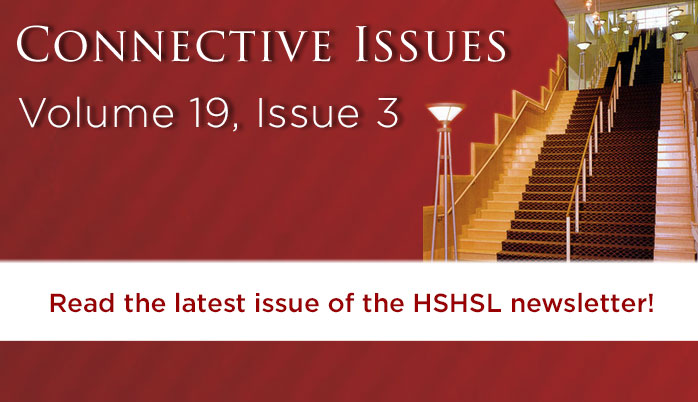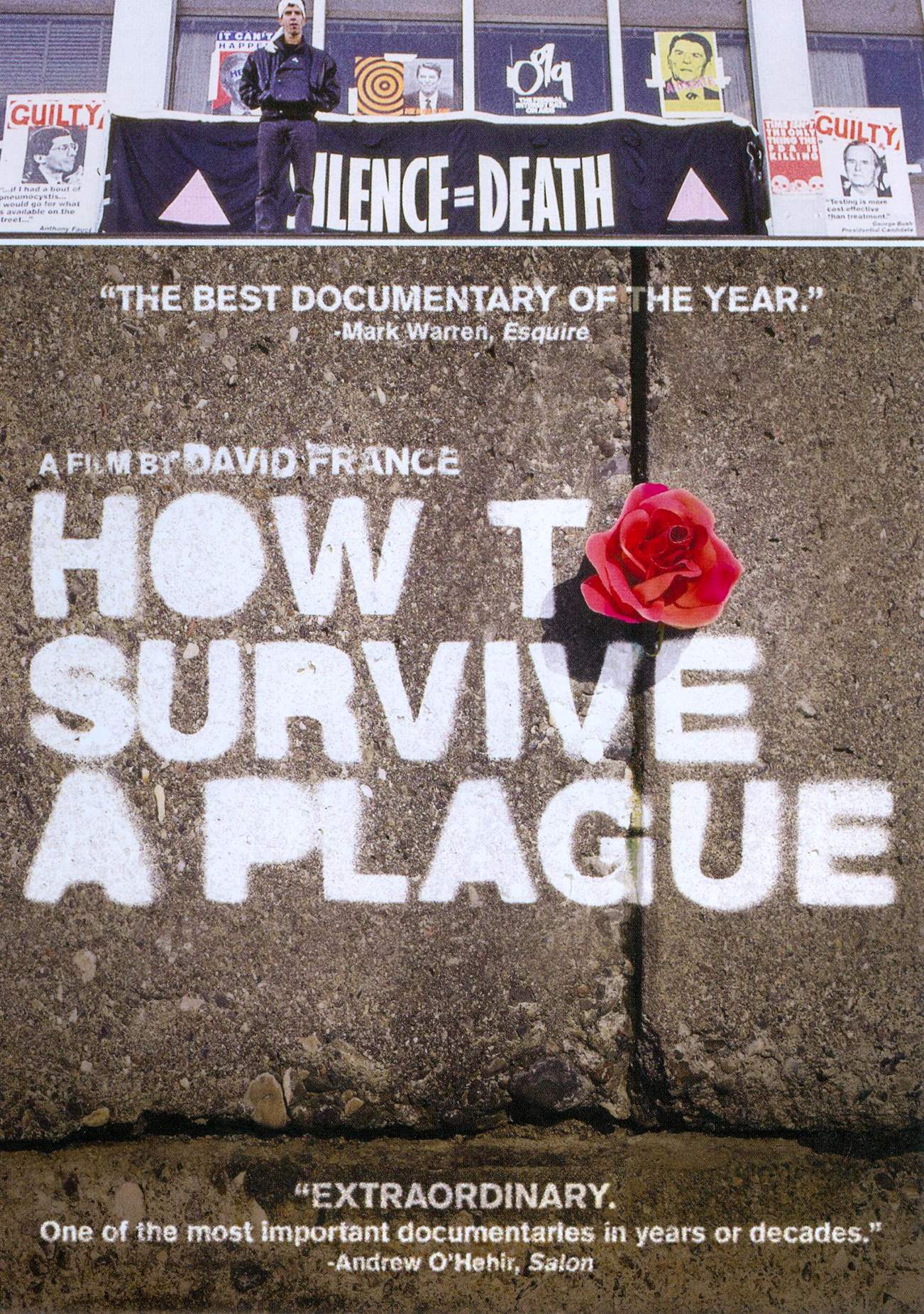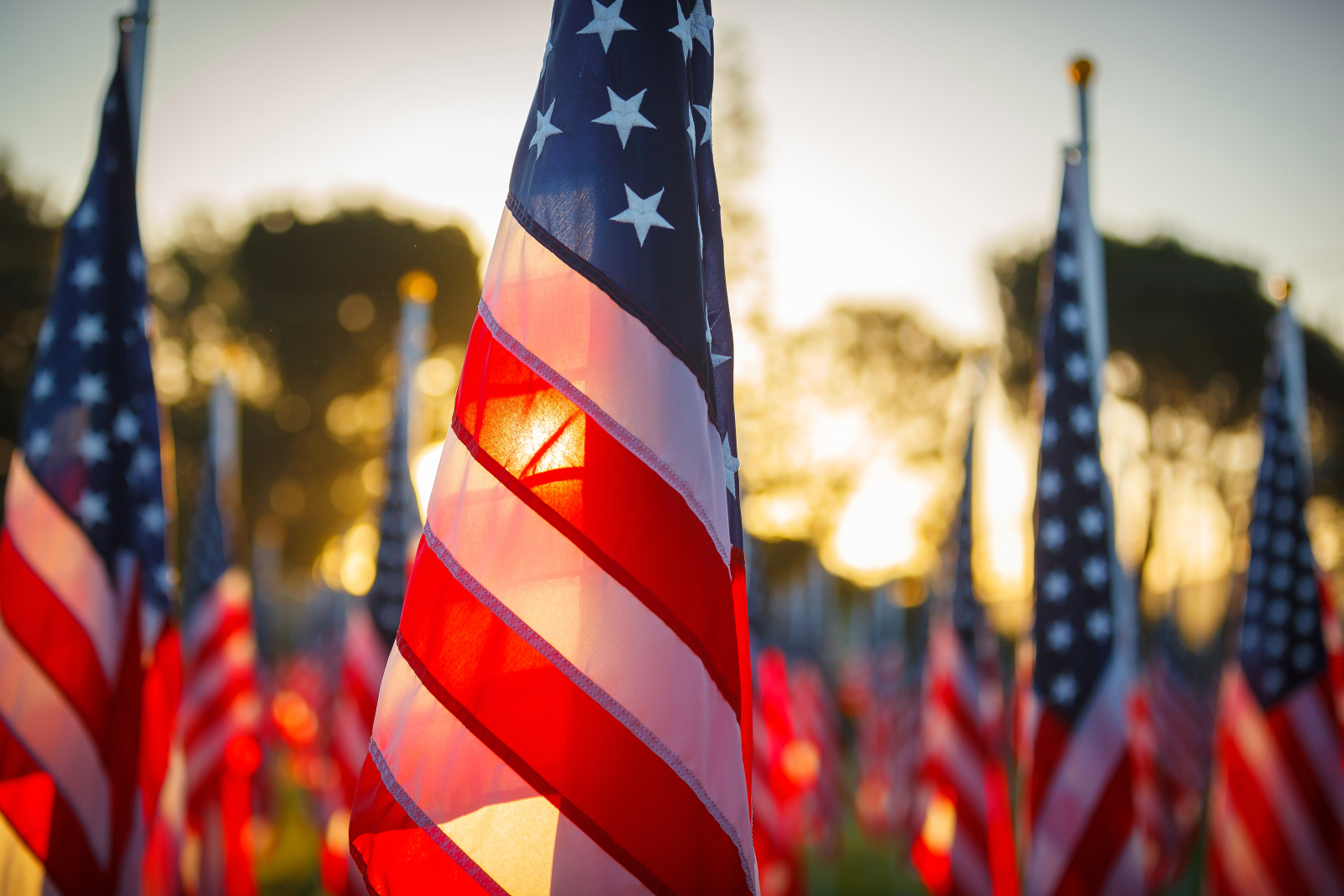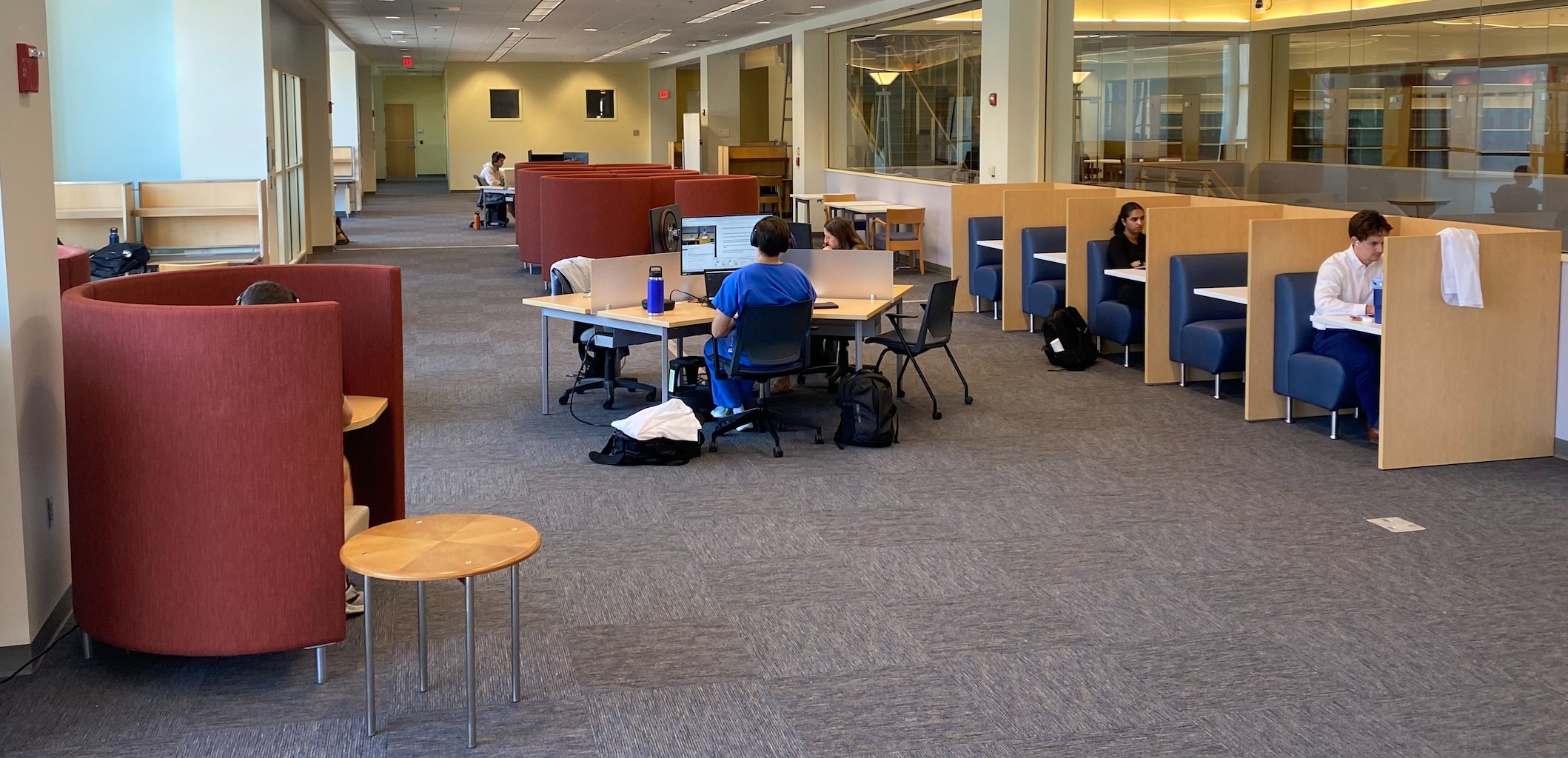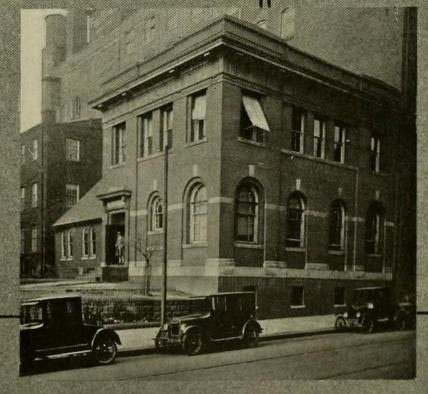 In 1920 the Maryland College of Agriculture (today’s University of Maryland, College Park) and the University of Maryland (Baltimore) merged to form one school under the University of Maryland name. While the schools shared administrative leadership, they continued to operate mostly independently of each other. The new merger facilitated the introduction of a new program at the Baltimore Campus, the School of Commerce.
In 1920 the Maryland College of Agriculture (today’s University of Maryland, College Park) and the University of Maryland (Baltimore) merged to form one school under the University of Maryland name. While the schools shared administrative leadership, they continued to operate mostly independently of each other. The new merger facilitated the introduction of a new program at the Baltimore Campus, the School of Commerce.
The turn of the 20th century saw a growth of commerce and business in the United States and internationally, a direct response to that was the foundation of business degrees and schools aiming to provide systematic education in commerce the same as in other professions. In the fall of 1921, the University of Maryland established an Extension Course in Commerce on the Baltimore campus. The building was located on the corner of Lombard and Greene Streets, next to Davidge Hall. The opening of these courses was in response to Baltimore businesspeople seeking academic-level coursework to better their understanding of business.
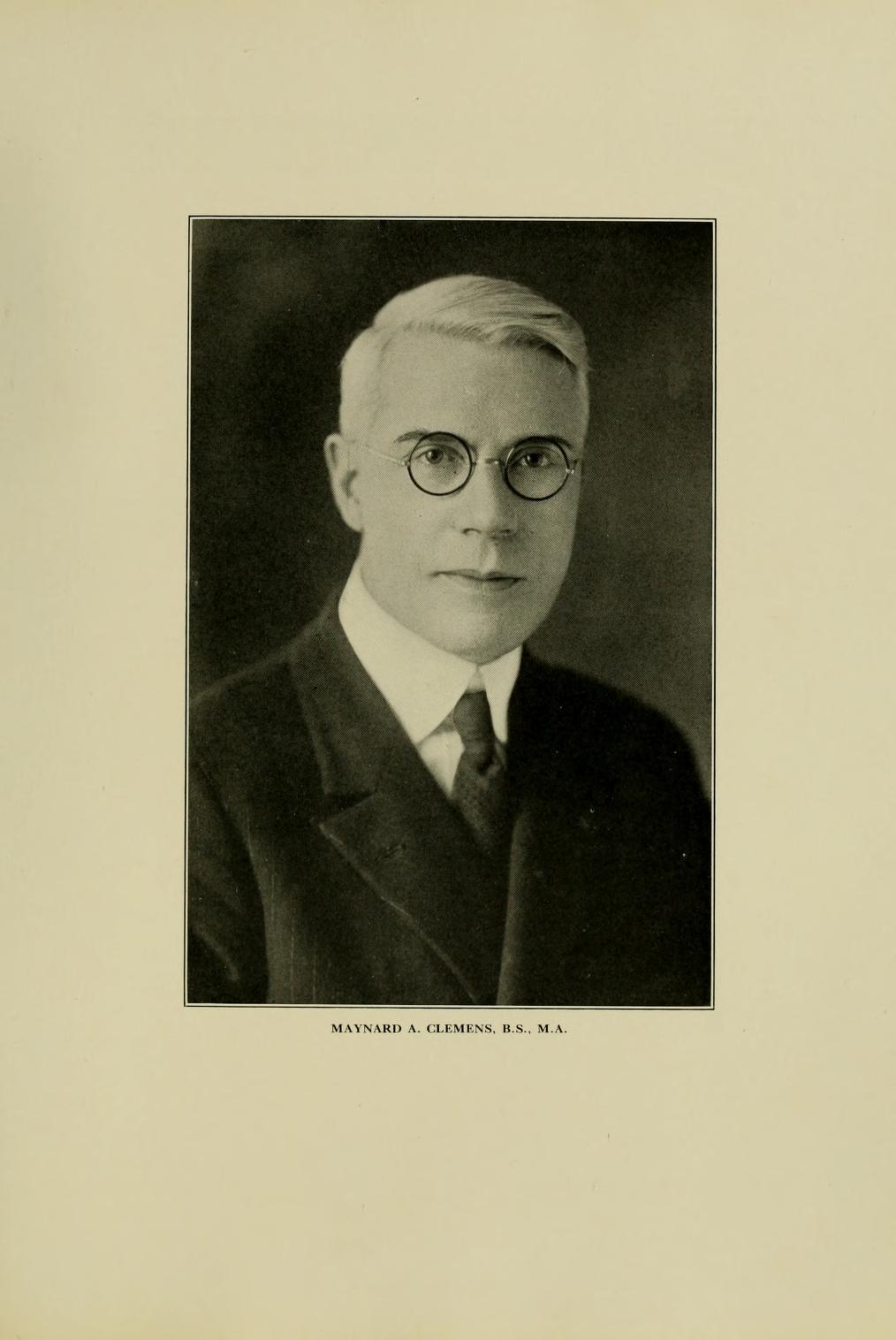 The first director and later acting dean of the School of Commerce was Maynard A. Clemens, M.A. Clemens was given six weeks’ notice to open the school, which included the hiring of faculty, advertising coursework, and accepting students. Clemens’ background was in education; he had a BS from the Teachers’ College of Columbia University and a master’s from Johns Hopkins University. Clemens proved successful in recruiting students; in Fall 1921, the school’s first semester, 394 students enrolled in the school and by Fall 1922 the school had 510 students.
The first director and later acting dean of the School of Commerce was Maynard A. Clemens, M.A. Clemens was given six weeks’ notice to open the school, which included the hiring of faculty, advertising coursework, and accepting students. Clemens’ background was in education; he had a BS from the Teachers’ College of Columbia University and a master’s from Johns Hopkins University. Clemens proved successful in recruiting students; in Fall 1921, the school’s first semester, 394 students enrolled in the school and by Fall 1922 the school had 510 students.
In its first year, the School of Commerce was part of the College of Arts & Sciences, which was housed on the College Park campus, and graduated ten students. To earn a bachelor’s degree in the College of Commerce students were required to complete their first year of coursework in the College of Arts & Sciences, which proved difficult for some students who were also working full-time; therefore, a Certificate of Proficiency was also offered. The cost for attendance in the School of Commerce was a $5 matriculation charge per year ($91.85 in today’s money), and tuition ranged from $90 per year ($1,658.25 in today’s money) for evening course or part-time students and $180 per year ($3,306.50 in today’s money) for day course or full-time students.
By Spring 1923, the school was renamed the College of Commerce and Business Administration and remained closely aligned with the School of Arts and Sciences. The College offered classes in the late afternoon and evening to best meet the needs of its students, many of which were working full-time in Baltimore businesses. There were three paths for students in the College of Commerce. Students could 1) earn a bachelor’s degree, which required the first year of coursework in the College of Arts and Sciences in College Park and a transfer to Baltimore for the remainder of the degree requirements totally 120 semester credit hours (usually three additional years); 2) earn a Certificate of Proficiency after attending 72 semester credit hours (usually completed in four years attending courses three nights a week); or 3) enter special courses of study without attaining a degree or certificate. To earn a bachelor’s degree, students had to be high school graduates, while students looking to attend special courses simply had to prove to instructors that they had the skills to handle the coursework.
In March 1925, the Board of Regents for the University of Maryland approved the formation of the School of Business Administration on the foundation of the College of Commerce. Herbert M. Diamond became dean of the school. The school saw a record high enrollment of 600 students. This reorganization standardized the coursework and admission requirements; requiring two years of coursework before students could begin a specialization in General Business, Accounting, Banking, Investments and Real Estate, or Advertising and Marketing.
Unfortunately, despite the Regent’s vote to establish the School of Business Administration, the academic year 1925-1926 saw the discontinuation of the newly formed School of Business Administration because of overcrowding in the Baltimore campus. The success of the schools in Baltimore meant that space was at a premium and while the school had seen excellent enrollment there was no place to educate all the students. The school was re-established as the Department of Economics and Sociology in the College of Arts and Sciences at College Park. Students who had completed two years of coursework by June 1926 were given the opportunity to complete their degree by finishing the remaining coursework at Johns Hopkins University.
While the School of Commerce at Baltimore only lasted from Fall 1921 to Spring 1926, it graduated nearly 125 bachelor’s degrees and certificates of proficiency students. Additionally, the school had a collection in the campus’ library, which was housed in Davidge Hall. The school aimed to meet the needs of the people in Baltimore and did so until space became too precious to continue.
Further reading and Sources:


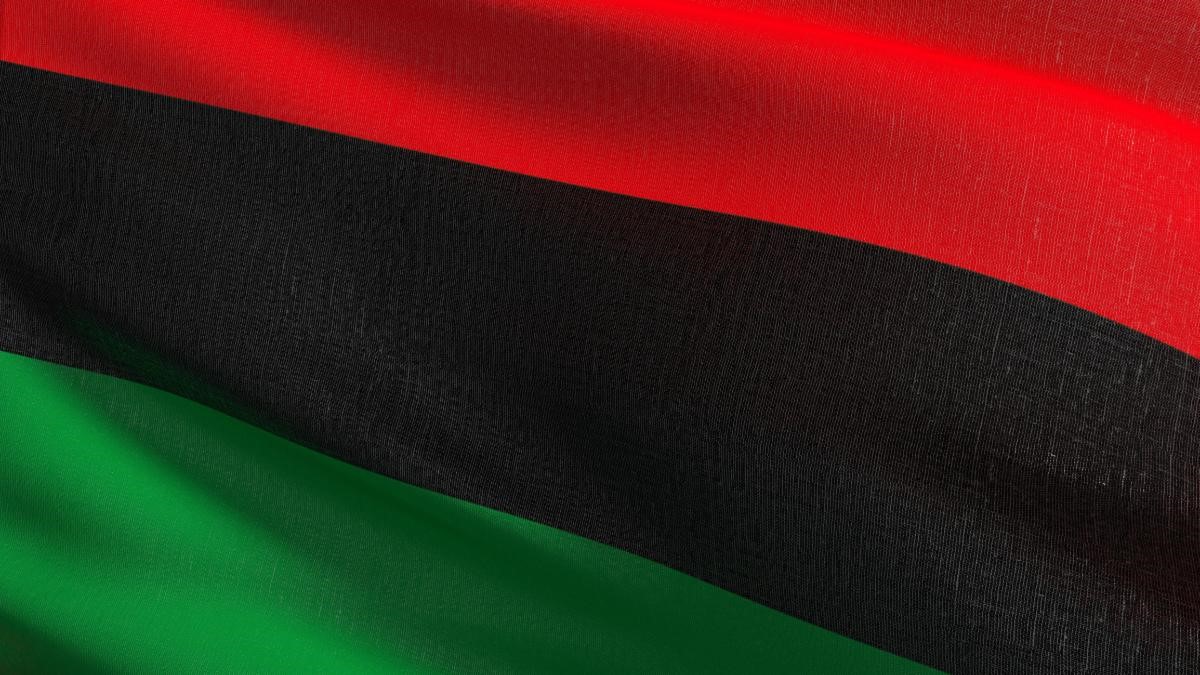

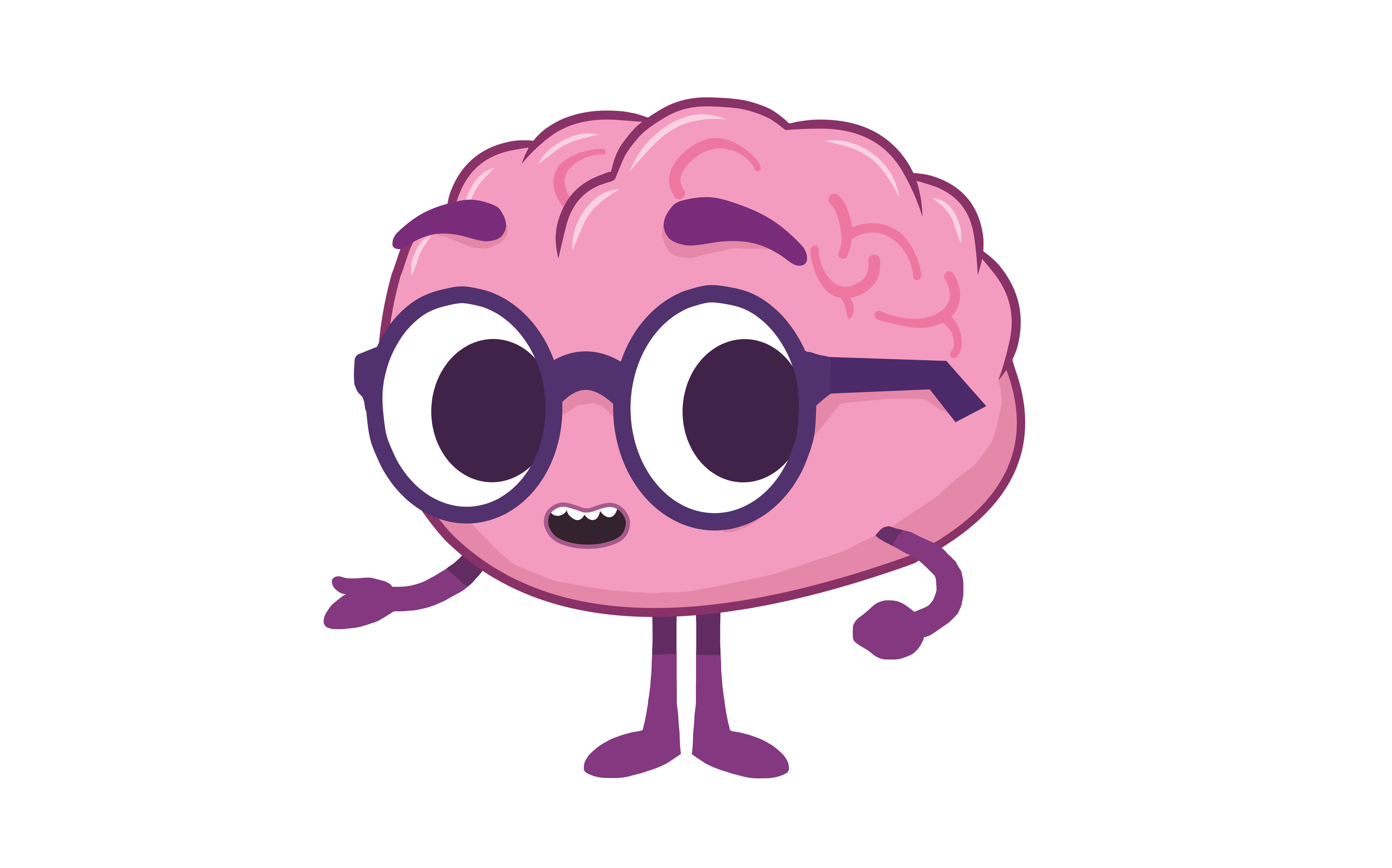
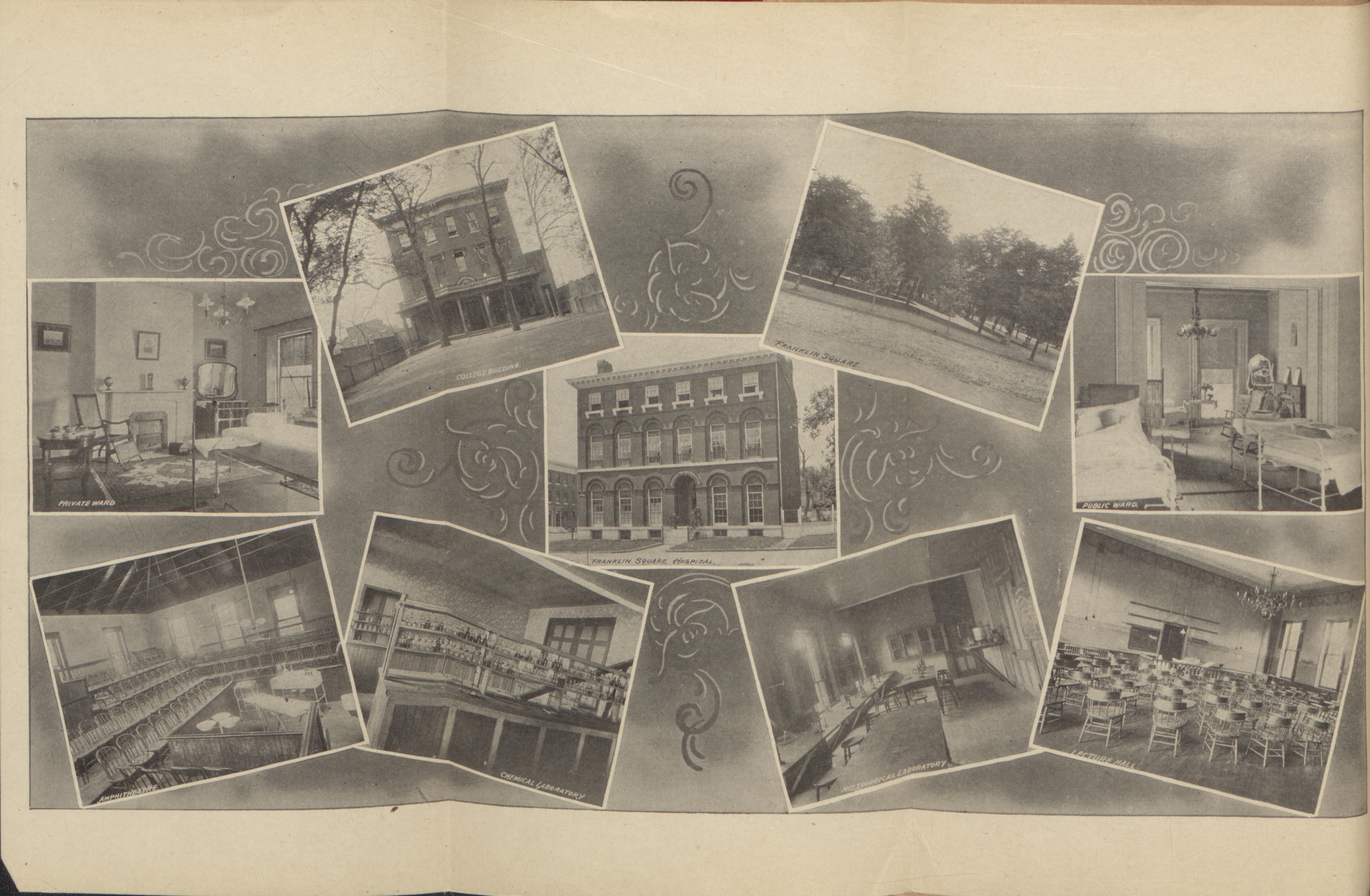 Throughout its long history, the University of Maryland, Baltimore (UMB) has seen many other Baltimore colleges and universities open and close. Some of these schools simply shuttered their doors, while others merged with UMB. This post highlights the Maryland Medical College (MMC) of Baltimore, a school that did not merge with UMB; however, some of its records are housed in the HSHSL’s Historical Collections, which allows us to continue telling the MMC’s story.
Throughout its long history, the University of Maryland, Baltimore (UMB) has seen many other Baltimore colleges and universities open and close. Some of these schools simply shuttered their doors, while others merged with UMB. This post highlights the Maryland Medical College (MMC) of Baltimore, a school that did not merge with UMB; however, some of its records are housed in the HSHSL’s Historical Collections, which allows us to continue telling the MMC’s story.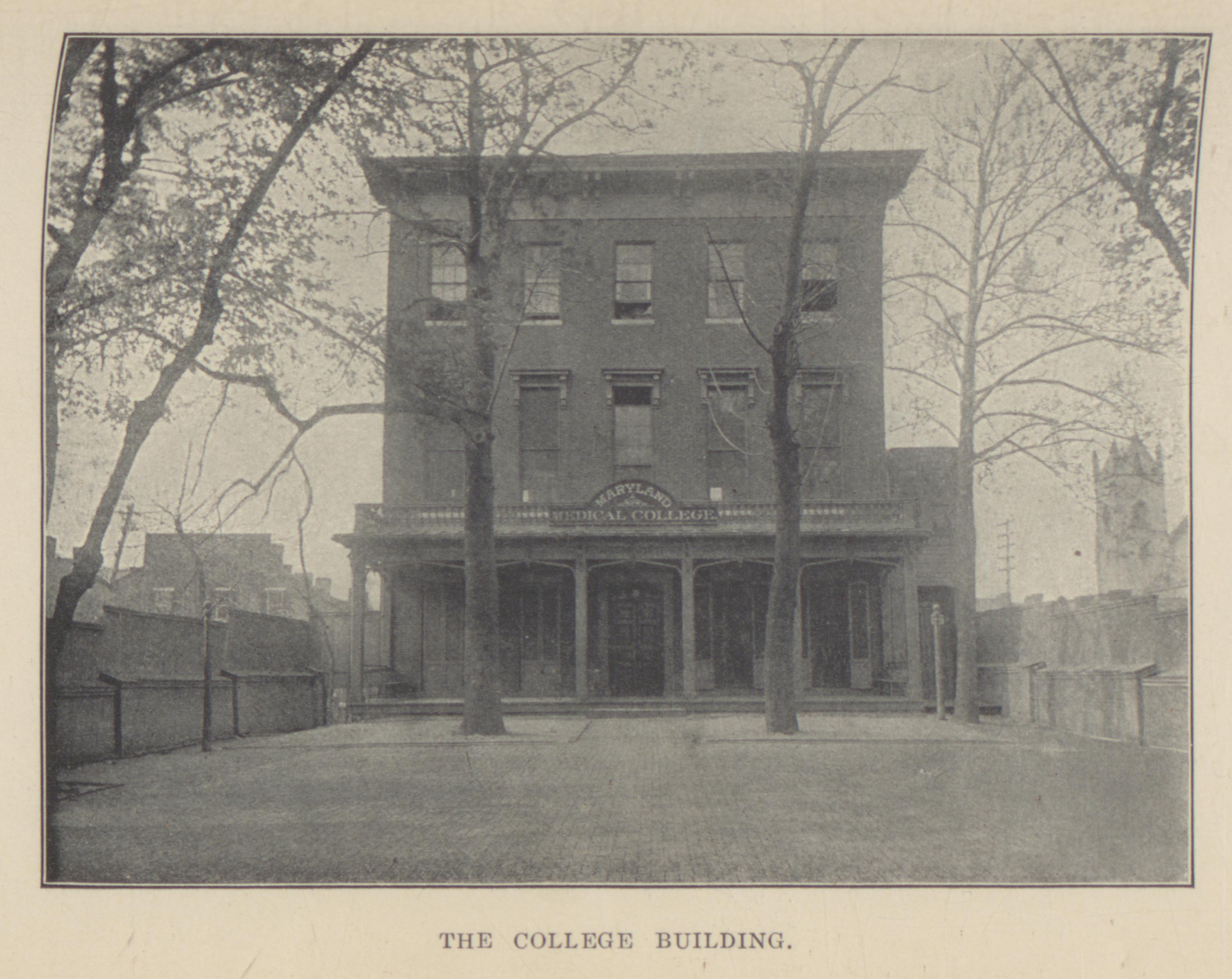 The MMC building at 1114-1120 West Baltimore Street had a first-floor, free dispensary, open Monday to Saturday 12 to 2pm. Dr. E.A. Munoz, a 1889 graduate of Maryland College of Pharmacy and 1892 graduate of the P&S, oversaw the dispensary. On the fourth floor of the building was a 24-bed Temperance Hospital. The incorporators of the MMC, Drs. Joseph H. Branham, John B. Schwatka, B. Purcell Muse, J. William Funck, Edward A. Munoz, Frederick Caruthers, Henry M. Baxley, Haughton Baxley, G. Milton Linthicum, W. Wayland Frames—all graduates of Baltimore medical and pharmacy schools as well as former faculty at the University of Baltimore School of Medicine—believed that alcohol use for medical treatment, which was a common practice for a variety of medical ailments, was causing higher numbers of alcohol consumption and dependance in the country. They opened the National Temperance Hospital modeled after the London Temperance Hospital, where alcohol would not be prescribed except in extreme cases; instead, the doctors would use strychnia, aromatic spirits of ammonia, digitalis, ether, and diffusive stimulants. The MMC also removed alcohol as a treatment from its curriculum.
The MMC building at 1114-1120 West Baltimore Street had a first-floor, free dispensary, open Monday to Saturday 12 to 2pm. Dr. E.A. Munoz, a 1889 graduate of Maryland College of Pharmacy and 1892 graduate of the P&S, oversaw the dispensary. On the fourth floor of the building was a 24-bed Temperance Hospital. The incorporators of the MMC, Drs. Joseph H. Branham, John B. Schwatka, B. Purcell Muse, J. William Funck, Edward A. Munoz, Frederick Caruthers, Henry M. Baxley, Haughton Baxley, G. Milton Linthicum, W. Wayland Frames—all graduates of Baltimore medical and pharmacy schools as well as former faculty at the University of Baltimore School of Medicine—believed that alcohol use for medical treatment, which was a common practice for a variety of medical ailments, was causing higher numbers of alcohol consumption and dependance in the country. They opened the National Temperance Hospital modeled after the London Temperance Hospital, where alcohol would not be prescribed except in extreme cases; instead, the doctors would use strychnia, aromatic spirits of ammonia, digitalis, ether, and diffusive stimulants. The MMC also removed alcohol as a treatment from its curriculum.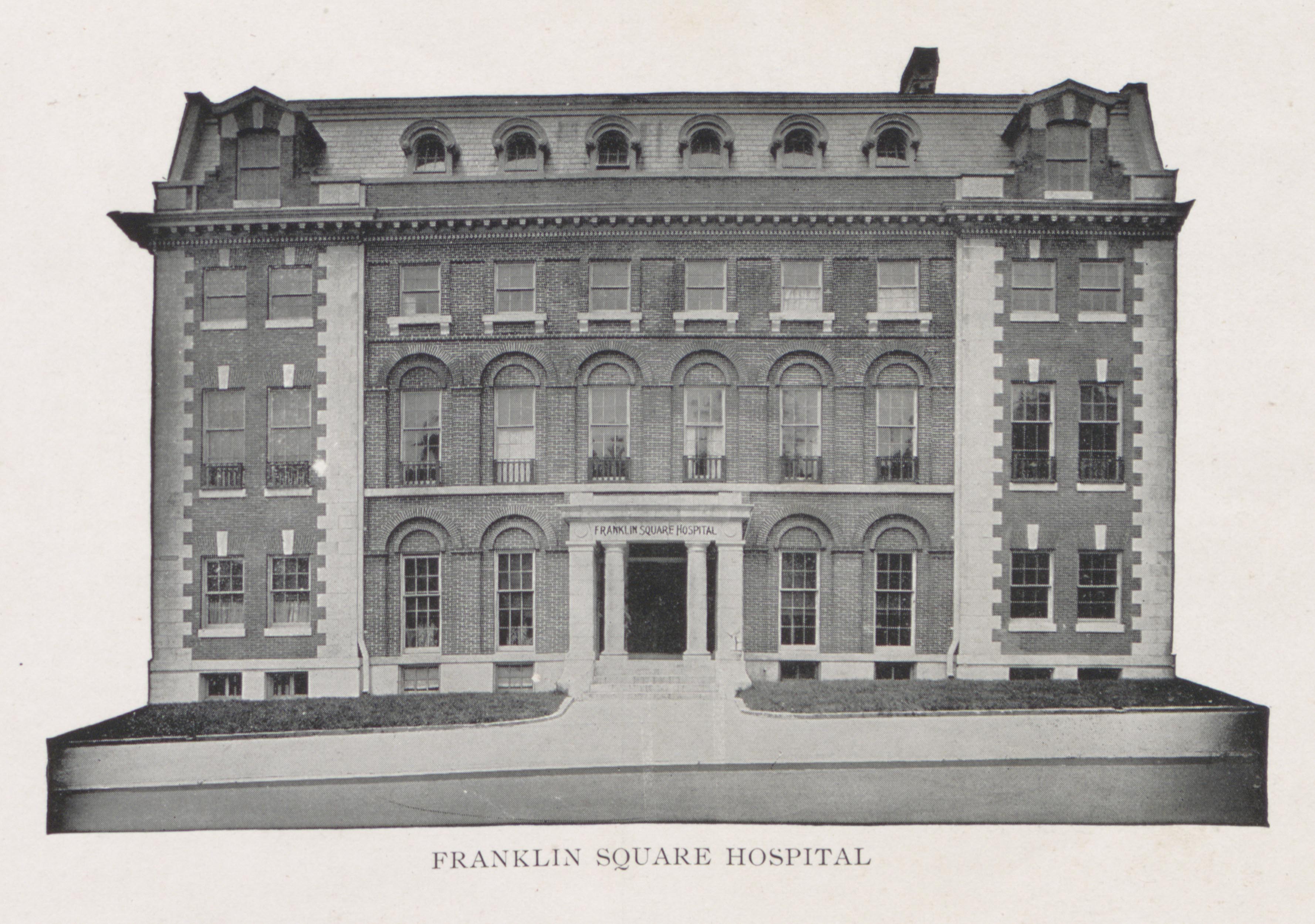 In 1901 the school purchased two additional buildings on the corner of Calhoun and Fayette Streets and the National Temperance Hospital became the Franklin Square Hospital. The hospital treated both private and free patients; private patients paid between $5 and $20 per week for board, while free patients agreed to have MMC students as physicians. The Franklin Square Hospital received a $1000 appropriation from the state of Maryland. The new hospital opened the Frankling Square Hospital Nurses Training School. The same year, the MMC opened the West-End Maternite Hospital of Baltimore at 112 N. Calhoun Street to treat women throughout their pregnancies. Tuition for the MMC went up to $65 per year.
In 1901 the school purchased two additional buildings on the corner of Calhoun and Fayette Streets and the National Temperance Hospital became the Franklin Square Hospital. The hospital treated both private and free patients; private patients paid between $5 and $20 per week for board, while free patients agreed to have MMC students as physicians. The Franklin Square Hospital received a $1000 appropriation from the state of Maryland. The new hospital opened the Frankling Square Hospital Nurses Training School. The same year, the MMC opened the West-End Maternite Hospital of Baltimore at 112 N. Calhoun Street to treat women throughout their pregnancies. Tuition for the MMC went up to $65 per year.